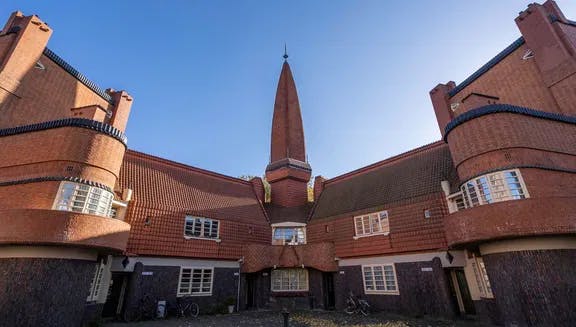
Amsterdamse School highlights
1 May 2025
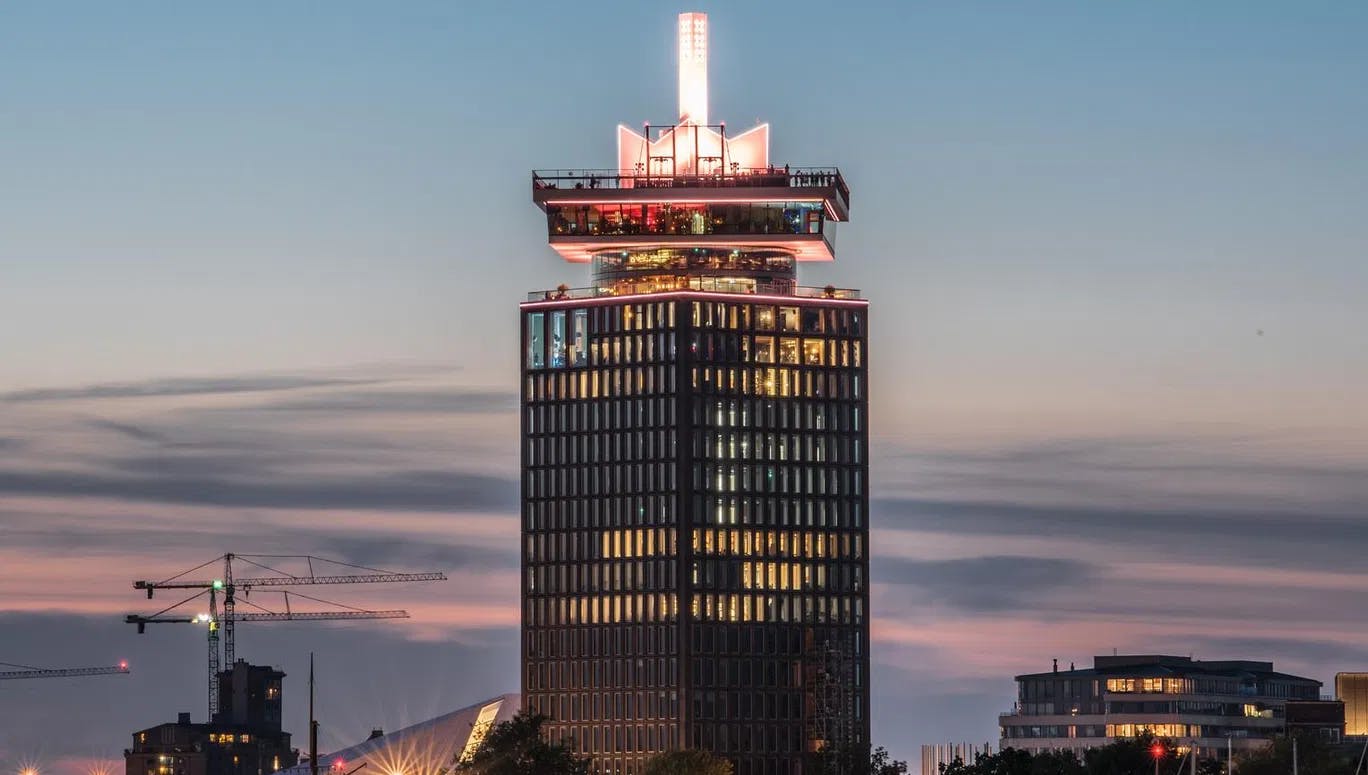
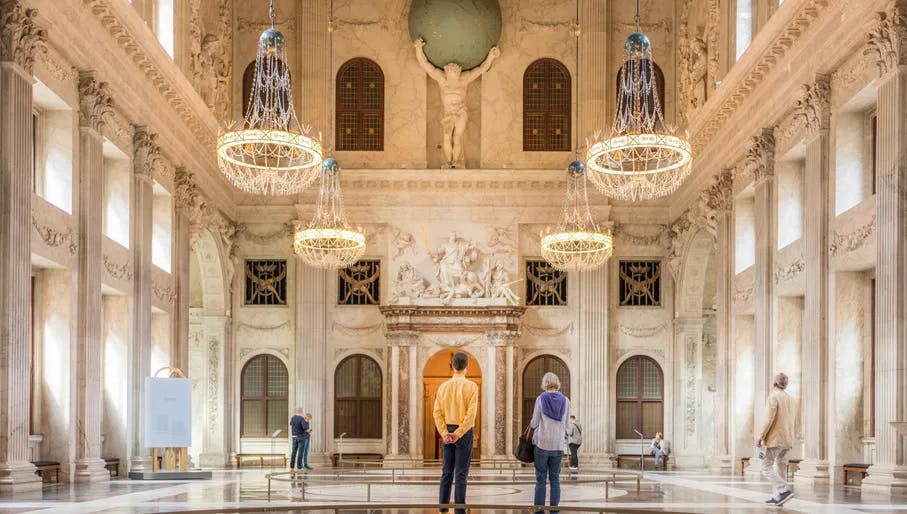
Standing on Dam Square, The Royal Palace might be the city’s most famous repurposed building. Designed by Jacob van Campen and built between 1648 and 1665, it first served as Amsterdam’s city hall and was briefly the official residence of Napoleon’s younger brother in the 1800s. Nowadays, the palace hosts exhibitions and welcomes visitors. When you pass by, look for the weathervane on the central tower, which takes the form of a golden ship – a symbol of the capital’s seafaring past.
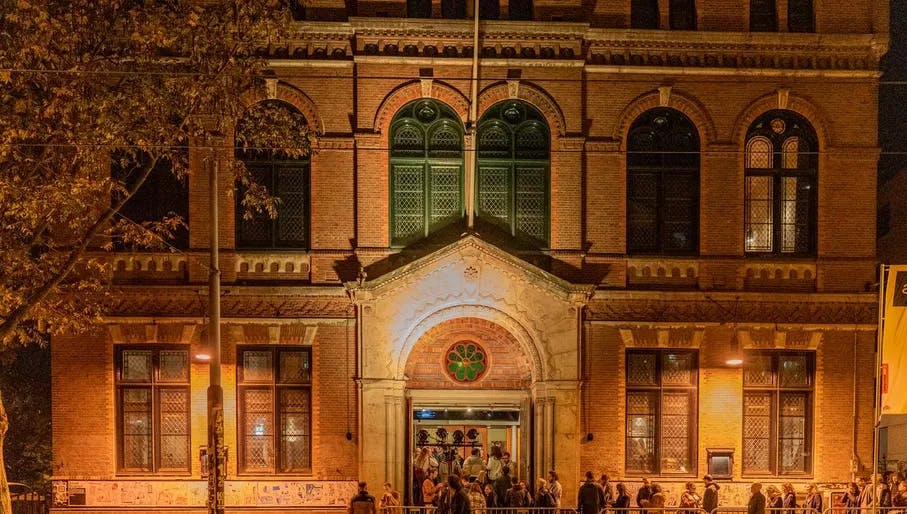
Built in 1880, the majestic church on the Weteringschans, now known as Paradiso, was used by worshippers until 1965. In 1967, after standing empty for two years, the building was turned into a squat by hippies who wanted to transform it into a cultural centre. They christened it the Cosmisch Ontspannings (cosmic relaxation) Centrum Paradiso and opened its doors to the public in 1968. In 1982, it became a proper venue and started hosting big-name concerts and events.
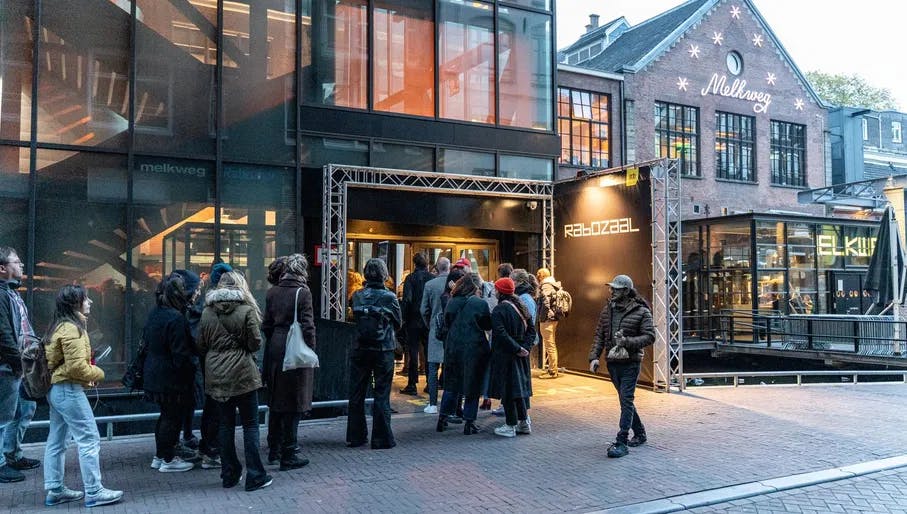
Originally a large sugar refinery, Melkweg was constructed near Amsterdam's Leidseplein in the 18th century. In 1920, the company behind it declared bankruptcy and part of the factory was sold to a business that used the building to store and distribute fresh milk. In 1970, a theatre group transformed the space into a meeting and performance venue. With a nod to its creamy past, it was dubbed De Melkweg (The Milky Way) and became instantly popular with locals and visitors. Over the years, it has expanded to include multiple stages, a cinema, an exhibition space and a restaurant.
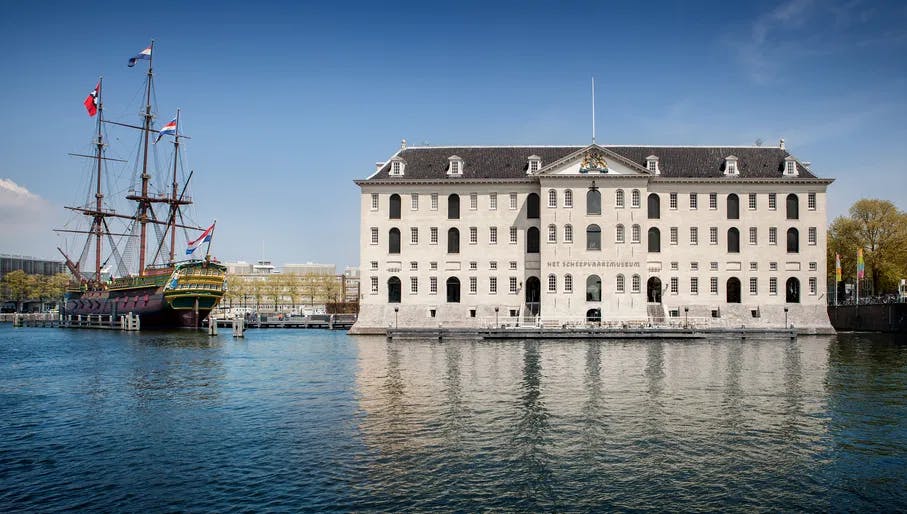
Amsterdam’s National Maritime Museum is located in the former arsenal of the Dutch navy. Designed by Daniël Stalpaert around 1656, it served as a warehouse for cannons, sails, flags and other goods. In 1973, it opened to the public and focused on the Netherlands' storied relationship with the sea. From 2009 to 2011, it underwent a significant facelift and received a stunning new glass and metal roof. Docked next to the museum is a replica of an old sailing ship that belonged to the Dutch East India Company and sank in the winter of 1749 – be sure to check it out.
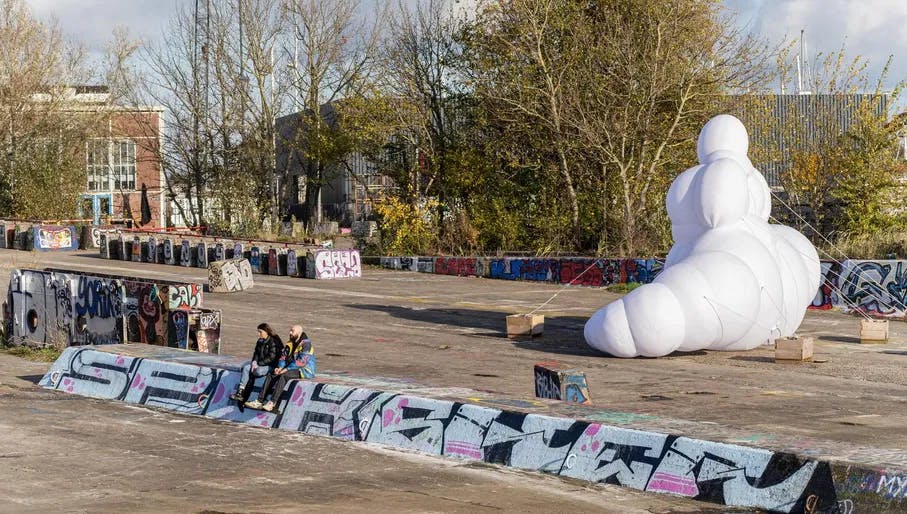
Repurposed into a cultural haven with a reputation for rebellious creativity and ground-breaking graffiti, the former shipyard of NDSM was once the largest in the Netherlands. The urban plaza is now packed with art spaces in unusual repurposed buildings such as Nieuw Dakota and STRAAT Museum for street art, restaurants like Helling7 and Next overlooking the water and buzzing nightlife options such as Pllek. Once every month, part of the old warehouses is transformed into the biggest vintage market in the country, IJ-hallen.

Originally part of Amsterdam's shipyards, the Faralda Crane Hotel is located in a 50-metre-high crane that rises above the city. It only has three suites, but each one is lavishly decorated and offers impressive views of the IJ and the industrial landscape of Amsterdam Noord. If you're feeling brave, ask the hotel staff about bungee jumping from the top of the tower.
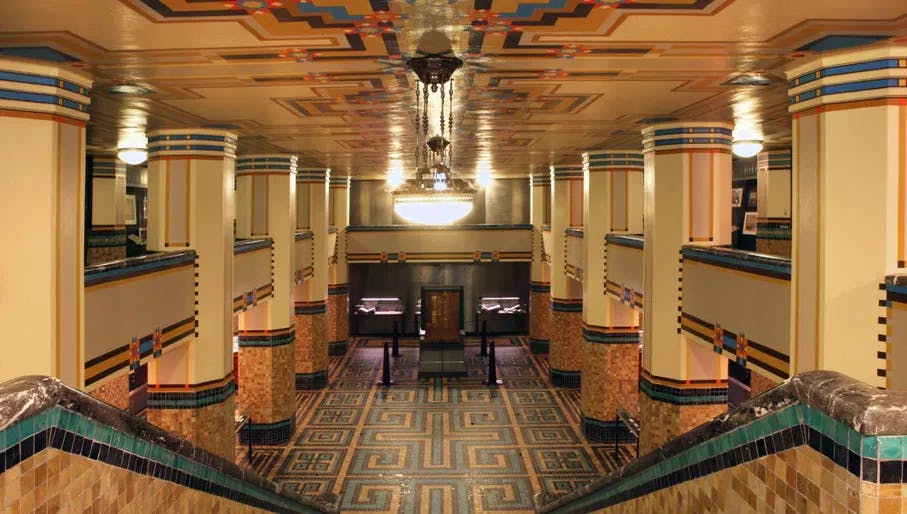
In 1824, King Willem I set up the Nederlandsche Handel Maatschappij (Dutch Trading Company) to boost the struggling economy. This beautiful building was commissioned to serve as its head office and was completed in 1926. Though initially focused on trading colonial products, the organisation turned its attention to finance over time and evolved into Dutch bank ABN AMRO. In 1999, the bank was relocated, and the City of Amsterdam purchased and renovated De Bazel. It reopened in 2007 as the new home of the Amsterdam City Archives, a museum focused on preserving the city’s documents and history.
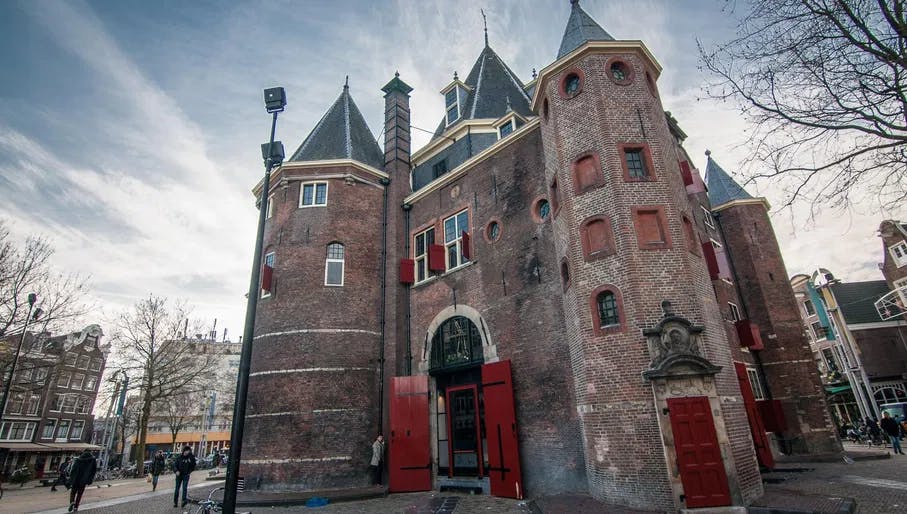
Sitting in the middle of bustling Nieuwmarkt square, De Waag resembles a tiny castle and was part of the original city walls surrounding Amsterdam. Since it was built in the 15th century, it has been used as a guildhall, fire station, museum and an operating theatre – Rembrandt’s famous painting The Anatomy Lesson of Dr Nicolaes Tulp is set within its storied walls. De Waag is now home to a café and the Waag Society, which is dedicated to art, culture and technology.
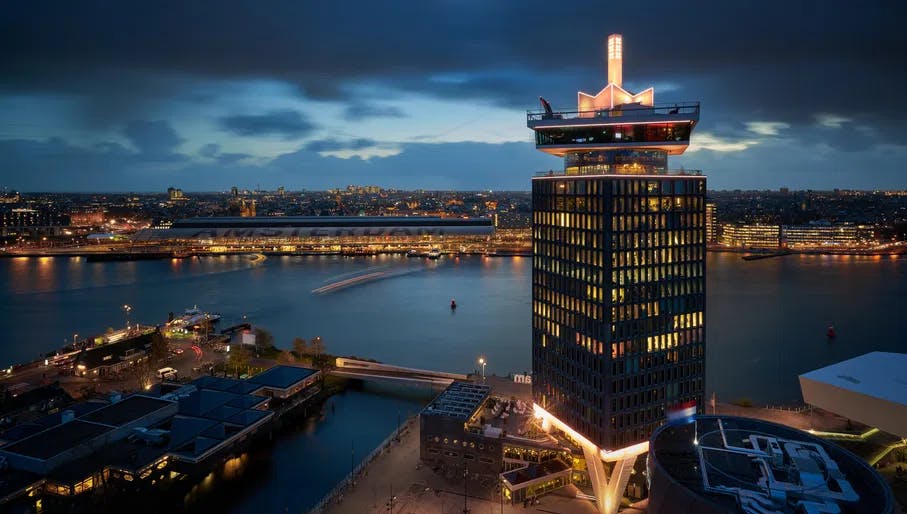
Built in the 1970s and designed by architect Arthur Staal, A'DAM LOOKOUT originally served as office space for Royal Dutch Shell, providing some lucky workers with breathtaking city views until 2009. After an extensive facelift, it began welcoming visitors to gaze at Amsterdam from its 360-degree sky deck, which includes a swing that reaches out over the edge. If you want something less intense, relax in the bar or enjoy a three-course dinner at the on-site restaurant Moon as you gaze at the horizon.
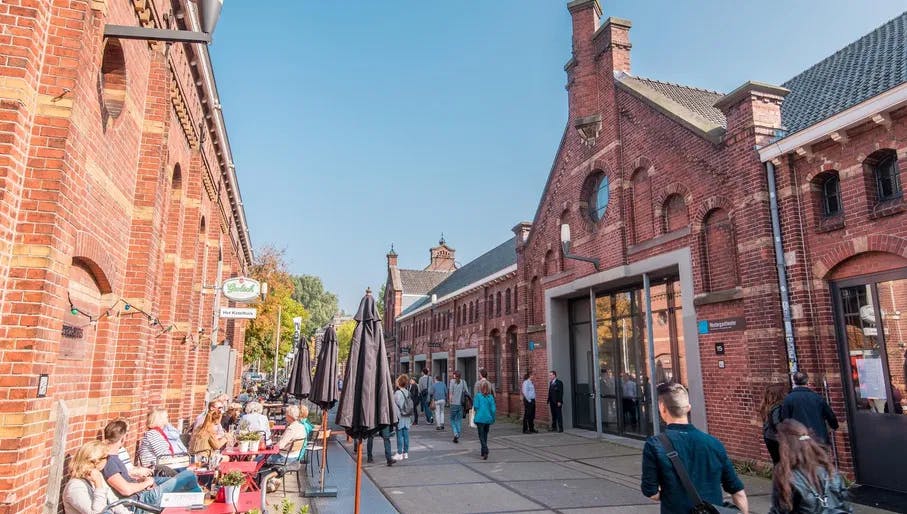
In 1885, the Imperial Continental Gas Association built a gasworks in Amsterdam West, but it departed in 1967, leaving the grounds and structures abandoned and in disrepair. In 1992, the buildings were temporarily used for cultural activities. It proved a successful approach, and the city decided to turn the former gasworks into a park and culture centre. The Westergas opened in September 2003 and is now a vibrant meeting place filled with various restaurants, clubs, Ketelhuis Cinema and even a retro arcade bar. It is also home to many festivals and programmes each year.
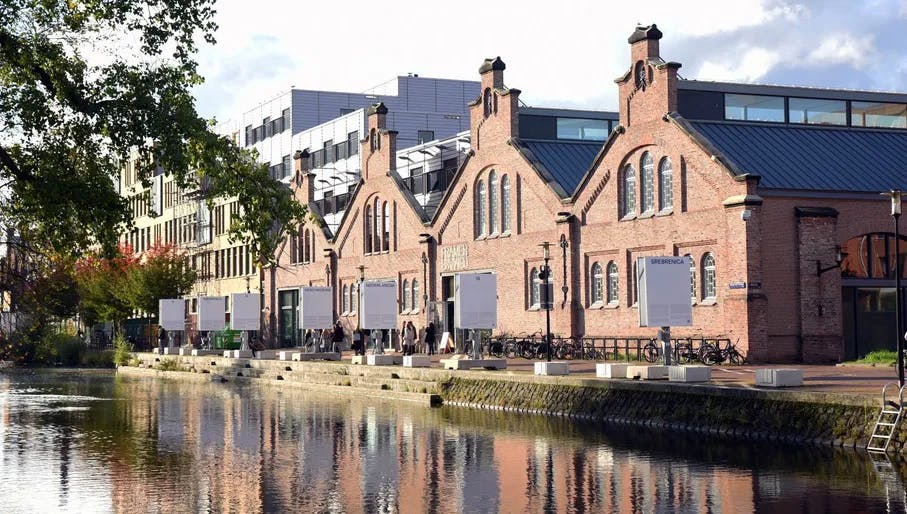
In a former gas factory in the east, arts, sport and commerce now flourish. The redevelopment of the Oostergasfabriek maintained the distinctive frontage of the old factory, but behind that sits a modernist box of glass, steel and cladding. You can now find the Q-Factory, with its own music studio and concert halls. Nearby, there’s the Poesiat & Kater microbrewery and the canalside Framer Framed, a radical space for contemporary art and discussion.